Politics of Russia
Historical Context
The politics of Russia take place in the framework of the federal semi-presidential republic of Russia. According to the Constitution of Russia, the President of Russia is head of state, and of a multi-party system with executive power exercised by the government, headed by the Prime Minister, who is appointed by the President with the parliament's approval. The Federal Assembly (the nation's legislature) is made up of two chambers: the State Duma – the lower house, and the Federation Council – the upper house.^[1^]
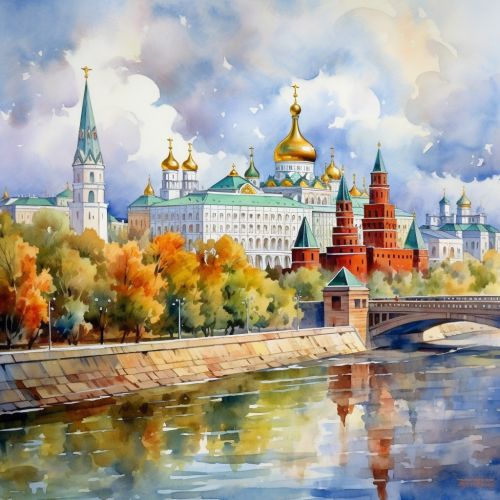

Political Evolution
The political history of Russia is marked by a series of distinct periods, each characterized by its own unique political climate and power structures. The Russian Federation was established following the dissolution of the Soviet Union in 1991, but the country's political history stretches back much further.^[2^]
Tsarist Russia
The Tsarist period, which lasted from the 16th century until the early 20th century, was characterized by the absolute rule of the Tsar. The Tsar was considered the supreme ruler, with all political power concentrated in his hands. This period was marked by a lack of political freedoms and a strong emphasis on maintaining the power and authority of the Tsar.^[3^]
Soviet Era
The Soviet era, which began with the Bolshevik Revolution in 1917 and ended with the dissolution of the Soviet Union in 1991, was characterized by a one-party communist system. The Communist Party of the Soviet Union held all political power, with the General Secretary of the Party serving as the country's de facto leader. The Soviet era was marked by state control of the economy and society, as well as a lack of political freedoms.^[4^]
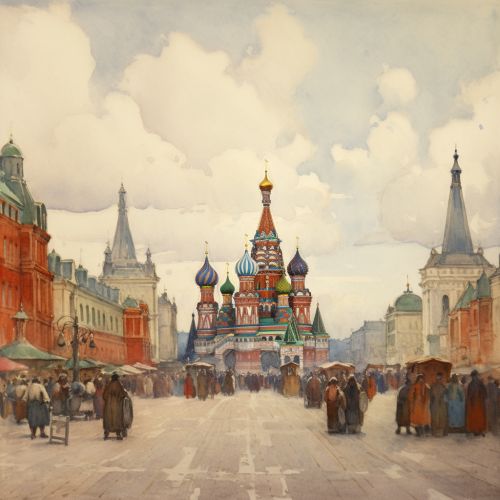
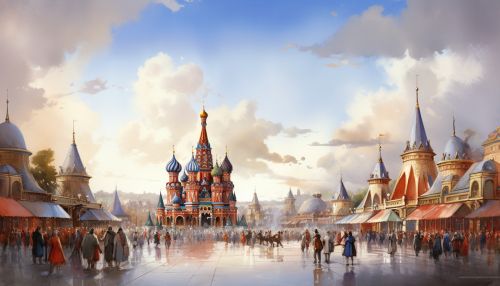
Post-Soviet Russia
The post-Soviet era, which began in 1991, has been characterized by a transition towards a more democratic system, although this transition has been uneven and is still ongoing. The Russian Federation operates as a federal semi-presidential republic, with the President serving as the head of state and the Prime Minister serving as the head of government. However, critics argue that the current system is characterized by a concentration of power in the hands of the President and a lack of genuine political competition.^[5^]
Political Institutions
Russia's political system is governed by the Constitution of the Russian Federation, which was adopted by national referendum on December 12, 1993. The constitution establishes a semi-presidential system where the President and the Prime Minister share executive power.^[6^]
The President
The President of the Russian Federation is the head of state, serving as the highest official of the Russian Federation. The President is elected by popular vote to a six-year term, with a limit of two consecutive terms. The President's responsibilities include setting the direction of foreign and domestic policy, appointing the Prime Minister and other key government officials, and representing Russia both domestically and internationally.^[7^]

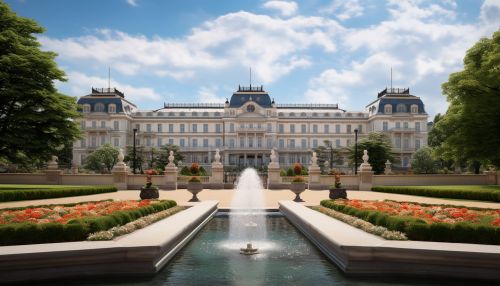
The Prime Minister
The Prime Minister of Russia is the head of government and is appointed by the President with the approval of the State Duma. The Prime Minister is responsible for implementing state policy and managing the federal government. The Prime Minister also has the authority to appoint and dismiss members of the government, with the exception of those positions that are appointed by the President.^[8^]
The Federal Assembly
The Federal Assembly is the national legislature of the Russian Federation, composed of two chambers: the State Duma and the Federation Council. The State Duma is the lower house and is composed of 450 deputies who are elected to five-year terms. The Federation Council is the upper house and is composed of two representatives from each of the 85 federal subjects of Russia. The Federal Assembly is responsible for passing laws, approving the budget, and confirming the appointment of the Prime Minister.^[9^]
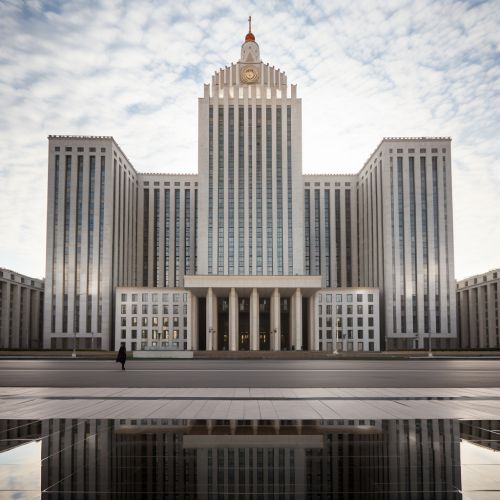
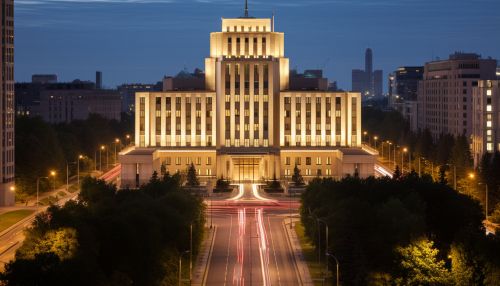
Political Parties
Russia operates under a multi-party system, with the United Russia party currently holding the majority of seats in the State Duma. Other significant parties include the Communist Party, the Liberal Democratic Party, and A Just Russia. While the multi-party system allows for a variety of political views to be represented, critics argue that the system is dominated by United Russia and that genuine political competition is limited.^[10^]
Political Challenges
Russia faces a number of political challenges, including allegations of corruption, concerns about the concentration of power in the hands of the President, and issues related to political freedoms and human rights. The country's political system has also been criticized for its lack of transparency and accountability.^[11^]
See Also
Politics of the Soviet Union Constitution of Russia Federalism in Russia
References
1. "The Constitution of the Russian Federation". Kremlin.ru. Retrieved 2020-12-15. 2. "Russia". Encyclopædia Britannica. Retrieved 2020-12-15. 3. "Tsarist Russia". Encyclopædia Britannica. Retrieved 2020-12-15. 4. "Soviet Union". Encyclopædia Britannica. Retrieved 2020-12-15. 5. "Russia". Freedom House. Retrieved 2020-12-15. 6. "The Constitution of the Russian Federation". Kremlin.ru. Retrieved 2020-12-15. 7. "The President of the Russian Federation". Kremlin.ru. Retrieved 2020-12-15. 8. "The Prime Minister of the Russian Federation". Kremlin.ru. Retrieved 2020-12-15. 9. "The Federal Assembly of the Russian Federation". Kremlin.ru. Retrieved 2020-12-15. 10. "Political Parties in Russia". Encyclopædia Britannica. Retrieved 2020-12-15. 11. "Russia". Transparency International. Retrieved 2020-12-15.
